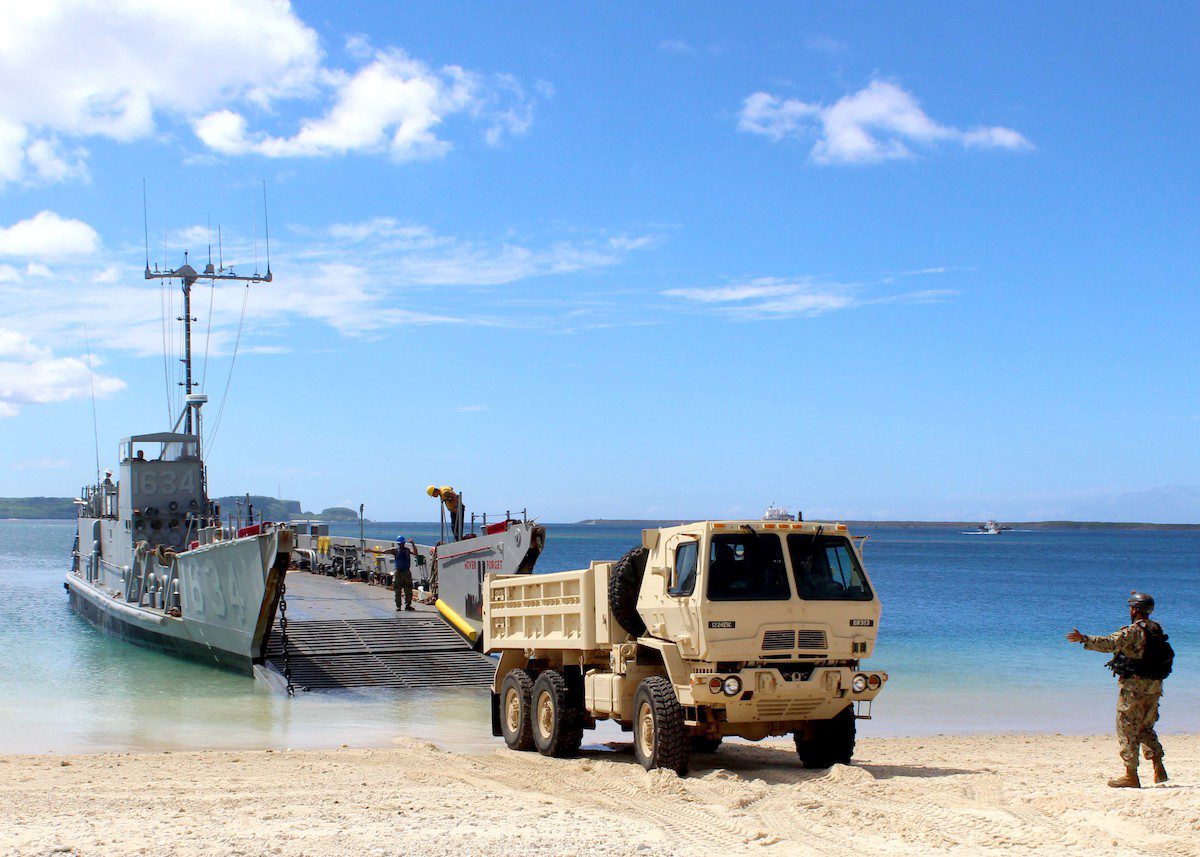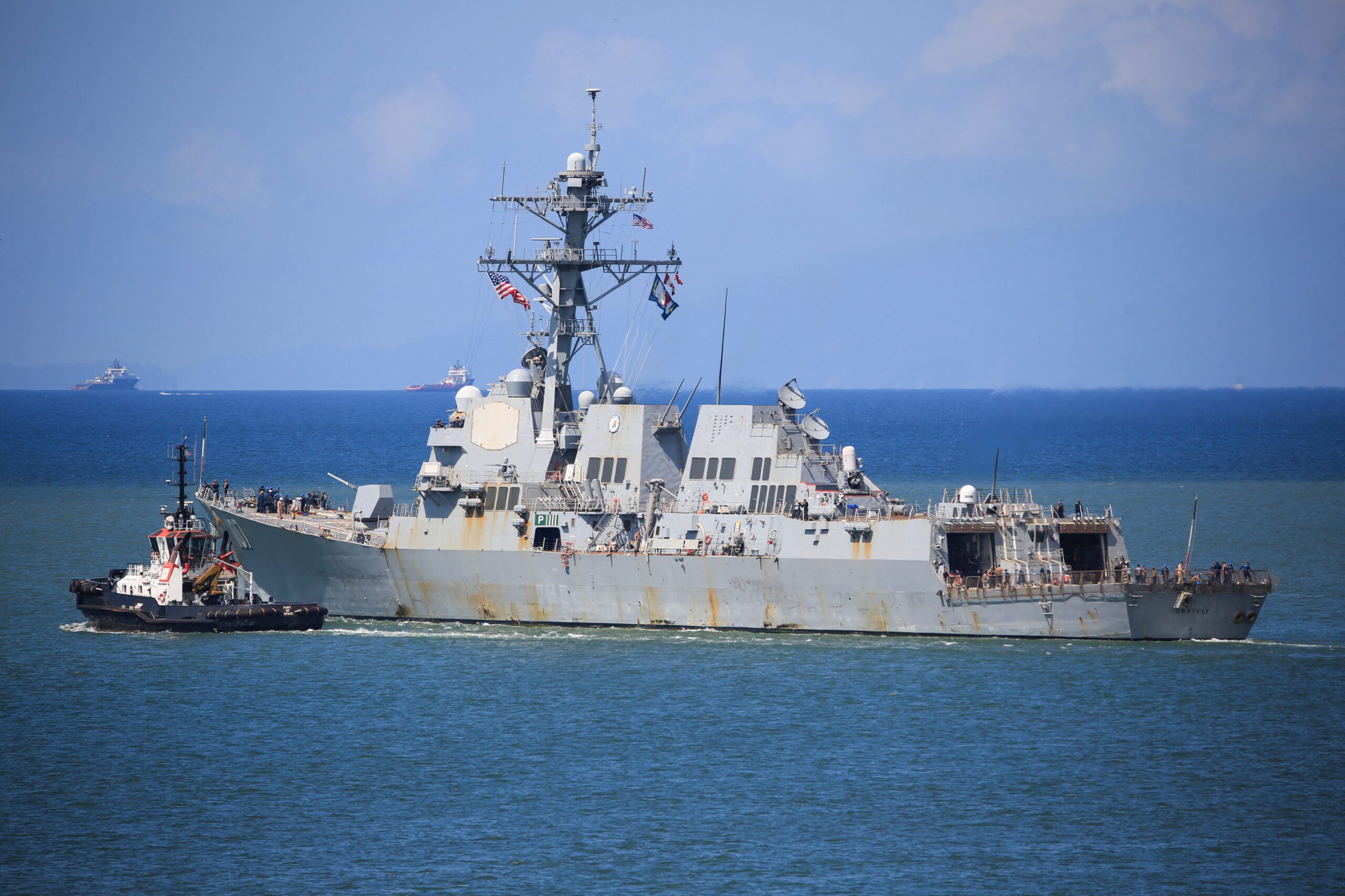In a scathing report released by the U.S. Government Accountability Office (GAO), the U.S. Army’s watercraft fleet has been found to be in dire straits, with less than 40% of its vessels currently capable of performing their missions.
The revelation comes at a time when demand for these critical assets is on the rise, particularly in the strategically important Indo-Pacific region.
The report highlights a stark decline in the operational readiness of the Army’s 70-vessel watercraft fleet. From a fully mission capable rate of 75% in 2020, the fleet’s readiness has plummeted to below 40% in 2024, the GAO report has revealed. This dramatic downturn severely hampers the Army’s ability to meet its mission requirements, conduct essential training, and maintain operational readiness.
U.S. Army to Divest a Majority of its Watercraft and Maritime Capability
Adding to the concern, the fleet has shrunk by approximately half since 2018. This reduction, coupled with the maintenance issues, puts significant strain on the Army’s ability to fulfill its crucial logistical roles. These roles include intratheater transportation of personnel and equipment, support for amphibious operations, and providing access to waterways in austere environments where conventional ports and roads are unavailable.
The GAO also offers solutions, including four key recommendations have been put forward, focusing on developing a comprehensive mitigation plan, assessing costs and benefits of potential actions, establishing a robust governance framework, and addressing persistent maintenance challenges.
One of the most pressing issues identified is the Army’s struggle with maintenance. The report reveals that as of May 2024, one vessel had been out of service for over five years. The use of outdated handwritten systems for maintenance management has been cited as a significant factor contributing to these delays.
Despite these challenges, the Army’s watercraft continue to play vital roles in various operations. They participate in key exercises in the Indo-Pacific, such as Talisman Sabre, Cobra Gold, and Balikatan. Additionally, these vessels have been instrumental in humanitarian missions, most recently in Gaza participating in the U.S. military’s humanitarian pier mission, which was hampered by bad weather and aid distribution problems.
As the Army drafts a revised watercraft modernization strategy for 2030 and 2040, the GAO underscored the need for a clear mitigation plan to address current challenges. The establishment of the Army Watercraft Enterprise Executive Board in February 2024 is seen as a positive step, but the GAO stresses the importance of developing a governance framework that adheres to leading practices for effective oversight.
As global tensions rise and the importance of maritime logistics grows, particularly in the Indo-Pacific theater, this report serves as a wake-up call for the U.S. Army and defense planners, underscoring that the need for a robust, well-maintained, and mission-ready watercraft fleet has never been more critical.
You can find the GAO report here.

 Join The Club
Join The Club











